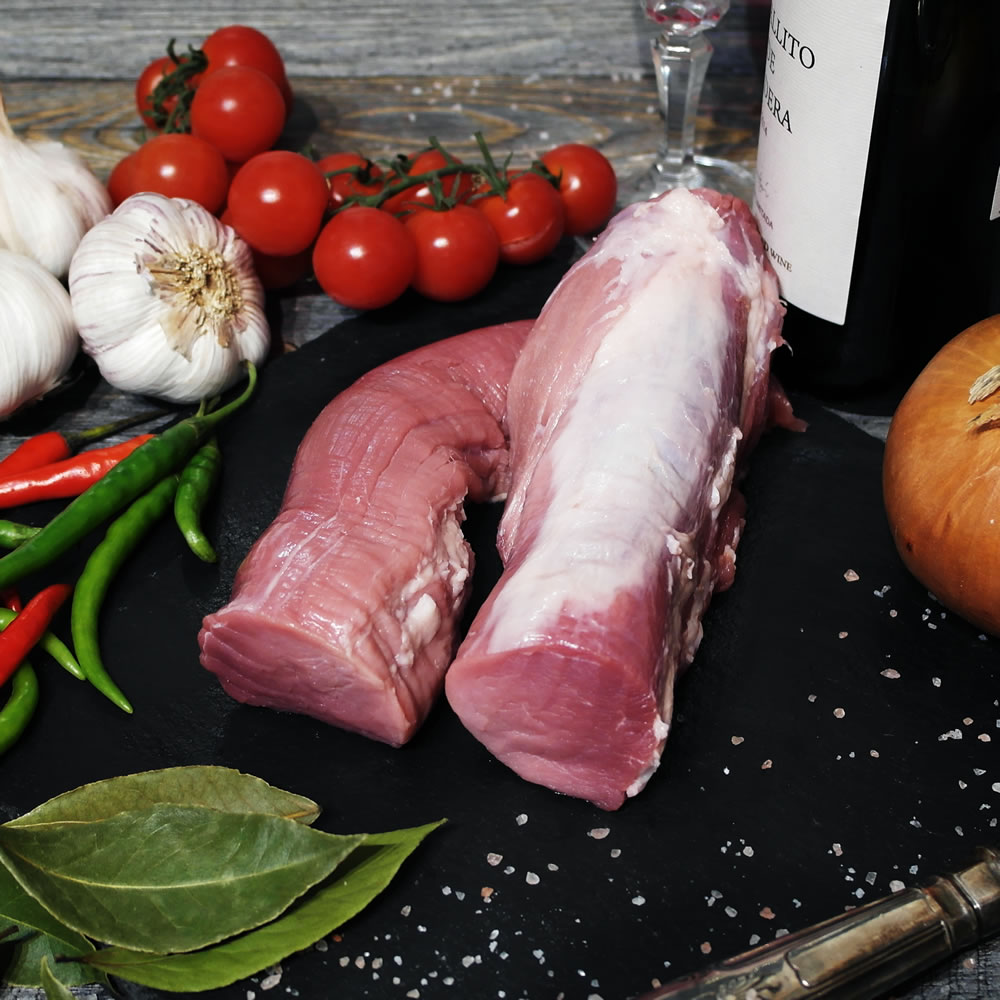Cooking pork tenderloin, a tender and tasty cut, involves various methods, each highlighting its succulence. Whether roasted, grilled, or pan-seared, proper preparation and cooking can yield great results. Seasoning plays a crucial role, enhancing the pork’s natural taste. Paired with complementary ingredients and drinks, pork tenderloin can be a star in the kitchen, offering a canvas for lots of flavours and cooking styles.
Pork tenderloin is a versatile cut that can be cooked using various methods, each bringing out its tenderness and flavour in different ways. Here's an overview of several methods to cook pork tenderloin, along with some tips to ensure it turns out perfectly every time.
Roasting is a classic and straightforward method to cook pork tenderloin, yielding a tender and juicy result.
Grilling adds a smoky flavour to the pork tenderloin, making it perfect for summer barbecues.
Sautéing or pan-frying provides a quick and way to cook pork tenderloin, especially if it's cut into medallions.
Slow cooking is ideal for ensuring the pork tenderloin stays moist and tender, absorbing the flavours of herbs and spices.
Sous vide cooking offers precise control over the temperature, resulting in a perfectly cooked pork tenderloin.
Grilling gives the pork tenderloin a deliciously caramelised crust with a tender interior.
Braising is less common for pork tenderloin due to its leanness but can be used for a tender and tasty result.
Each of these methods has its own set of benefits, and the best choice depends on the desired outcome and available cooking tools. Experimenting with different cooking methods can provide a range of flavours and textures, making pork tenderloin a versatile option for many meals.

Pork tenderloin is a prized cut of meat known for its tenderness, lean nature, and versatility in the kitchen. Its ability to take on different flavours and cooking styles makes it a perfect choice among cooks looking to create delicious and memorable meals.
Our Heritage & Rare Breeds Pork Tenderloin, sourced from North Yorkshire Farms, epitomises the perfect fusion of tradition, sustainability, and unmatched flavour.
£11.00
Pork tenderloin pairs well with a wide range of ingredients, allowing for an array of dishes. Here are some ingredients that work with pork tenderloin:
We’re proud to support FareShare Yorkshire.